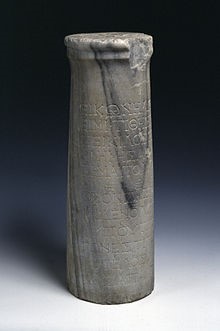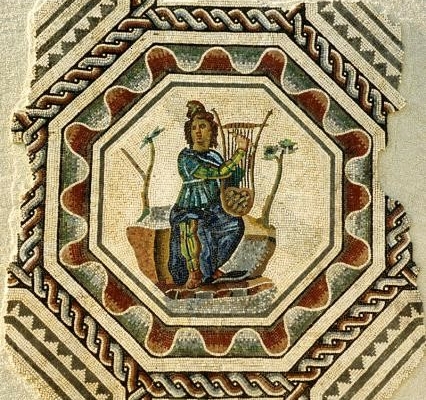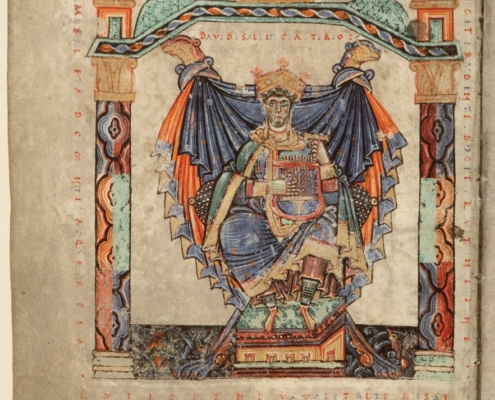Ongoing Projects
(2022 – ) Historiographie du chant grégorien, du ixe au xxe s
[Historiography of Gregorian chant (9th-20th cent.)]
A programme, as yet little studied, brings together the restoration of chant, begun by seculars and laymen, then by the Benedictines, in the 19th century, notably the Abbey of Solesmes, with medieval sources, the texts of Carolingian and early medieval renovators, to provide a more critical understanding of a restoration that has shaped our working tools – which deserve a serious epistemological revision.
In collaboration with Susana Zapke (Stadt Wien Universität)
| Seminar
(2022 – ) Relicantus (fragmentologie)
[Relicantus (fragmentology)]
This is a project that received support from the French Ministry of Culture in 2021-2022 and is continuing as part of the Equipex Biblissima +, cluster 6, ‘the challenges of musical heritage’, which runs until 2026. Using fragments of bindings from archives or libraries, the reassembling process consists of reconstructing, in part, old notated liturgical books that have disappeared. The aim is to broaden the archaeological landscape of the production of texts, musical repertoires and practical books in the cultural space of Western Europe.
(2002 – ) Les historiae ou les fastes du culte des saints (fin VIIIe s.- XVe s.)
[The historiae or festivals of the cult of the saints (late viiith c. – xvth c. )]
The liturgical services composed for the new saint days lie at the intersection of hagiography, history and liturgy; they bring to light numerous artistic creations from monastic, canonical and cathedral schools and, for female institutions, provide new perspectives on gender issues, rebalancing a certain ‘male Middle Ages’ (G. Duby).
In collaboration with Kristin Hoefener, researcher at the Nova University of Lisbon, associate member IRHT
| Colloque Clovis, Reims, 1996
| Les Offices historiques de la province ecclésiastique de Reims 2002
| Colloque de Venise janvier 2017
(2017 – ) Bénédictins en Orient
[Benedictines in the East: restoring the liturgical traditions of the Near East]
In the midst of the colonial period and the revival of orientalist studies promoted by Pope Leo XIII (1894), here is one of the cultural heritages of humanity, the Syriac, Chaldean and Maronite chants, which these monks, missionaries and ethnologists saved from oblivion, at a time of revival of ancient and Byzantine music and the restoration of Gregorian chant. Dom Jeannin and Dom Parisot, monks of Marseille, Solesmes and Ligugé, have left important archives in the collections of the abbeys of Ganagobie, Ligugé, Belloc and Solesmes, as well as in the Levant, such as Charfé (Lebanon), the seat of a Syrian seminary.
In collaboration with Daniel-Odon Hurel (LEM UMR 8584/Hastec); P. Youssef Dergham (Syrian Seminary of Charfé, Lebanon), Nidaa Abu Mrad (Antonine University, Beirut).
(2015 – ) Musicologie byzantine
[Byzantine musicology]
Missa Graeca and ekphonetic signs in the readings
Parallels between the liturgies of Latin and Greek draw our attention at several levels, including the systems of notation and punctuation known as ekphonetic, which may have been common to these two linguistic universes at the height of the period (7th century – 11th century). The same applies to repertoires in Greek written and composed by Latins.
Project carried out in cooperation with Anastasios Zographos, in partnership with Flora Kritikou (Univ. Athens), Nina-Maria Wanek (Wien Üniversität), Charles Atkinson (Ohio State University), Frédéric Tavernier-Vellas (Toulouse)
Past Projects
(in construction)






